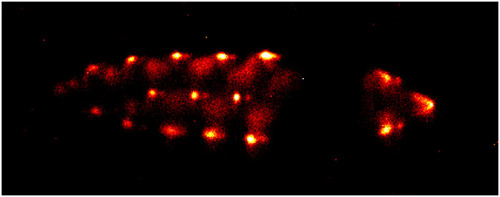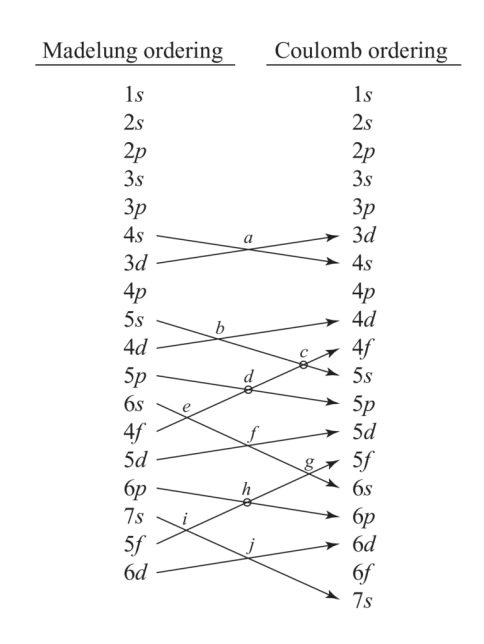Introduction to the highly charged ion experiment

In this project, we perform precision laser spectroscopy of dipole-forbidden optical transitions in highly charged ions (HCI) using quantum logic spectroscopy [1]. Due to the high internal fields inside HCI, these transitions show very low sensitivity to the types of external fields that normally limit the accuracy of optical frequency standards. This makes HCI promising candidates for next-generation optical clocks. Furthermore, the large relativistic corrections to the atomic energy levels means that some of these “clock transitions” are exceptionally sensitive to any changes to the fine structure constant α [3], an effect predicted by theories going beyond the Standard Model. Repeated precision spectroscopy over several years will allow new, more sensitive limits to be placed on any variation.
Dipole-allowed (E1) excitations in HCI lie in the keV energy range, inaccessible for laser spectroscopy. At present, state-of-the-art ultrastable radiation is limited to energies of just a few eV. However, depending on the charge state, fine structure and hyperfine structure magnetic dipole (M1) transitions can be accessed by lasers. Also, higher-order forbidden transitions arise due to the level crossing effect, see Fig. 2.

To do precision spectroscopy on HCI they have to be cooled down from their temperature at creation (>1 000 000 K) to their motional ground state in a Paul trap (<0.001 K). We produce highly charged ions in an electron beam ion trap (EBIT) [4] and decelerate them [5] on their way towards a linear Paul trap, where they are trapped together with laser-cooled beryllium ions. The beryllium ions provide sympathetic cooling, internal state preparation and readout after spectroscopy via the Quantum Logic Spectroscopy scheme. A detailed description of the scheme can be found here.
HCI are very susceptible to charge exchange with residual gas in the vacuum. To reach acceptable storage times, we need a residual pressure below 10^-14 mbar. This can only be achieved in a cryogenic environment. We use a closed-cycle pulse tube cryostat to cool our trap region to about 4 K, with a novel coupling technique to minimise the transmission of vibrations to the trap [6].
This project relies on extensive know-how in many different fields, including cryogenic mechanics and electronics, ion optics, ultrastable lasers, ion trapping and coherent manipulation.
References
[1] P. Micke et al., Coherent laser spectroscopy of highly charged ions using quantum logic, Nature 578, pp. 60-65 (2020)
[2] T. Leopold et al., A cryogenic radio-frequency ion trap for quantum logic spectroscopy of highly charged ions, Rev. Sci. Inst. 90, 073201 (2019)
[3] M. G. Kozlov et al., Highly charged ions: Optical clocks and applications in fundamental physics, Rev. Mod. Phys 90, 045005 (2018)
[4] P. Micke et al., The Heidelberg compact electron beam ion traps, Rev. Sci. Inst. 89, 063109 (2018)
[5] L. Schmöger et al., Coulomb crystallization of highly charged ions, Science 347 pp. 1233-1236 (2015)
[6] P. Micke et al., Closed-cycle, low-vibration 4 K cryostat for ion traps and other applications, Rev. Sci. Inst. 90, 065104 (2019)
The Team
Lukas Spieß, Alexander Wilzewski, Malte Wehrheim, Shuying Chen and Piet O. Schmidt
In collaboration with the Max-Planck-Institut für Kernphysik, Heidelberg:
José Ramon Crespo López-Urrutia
Former Members
Steven King, Peter Micke, Tobias Leopold
